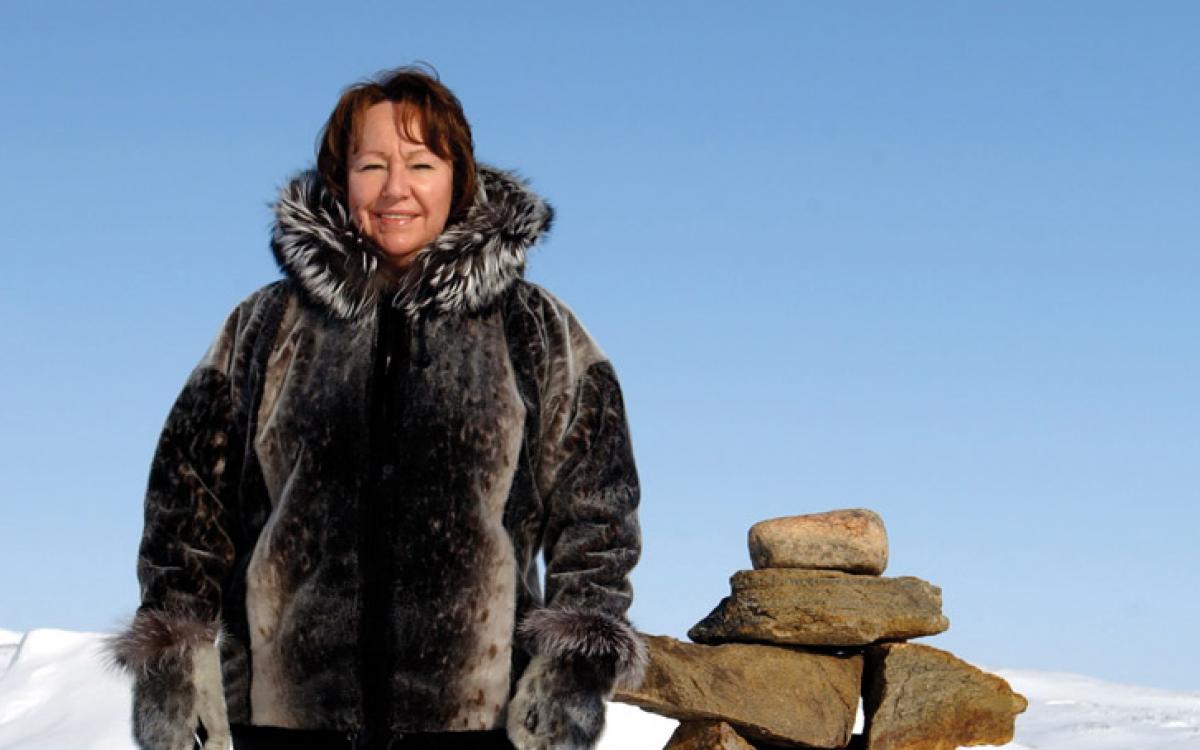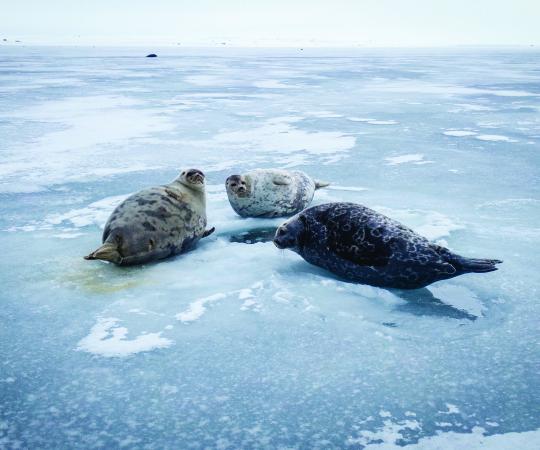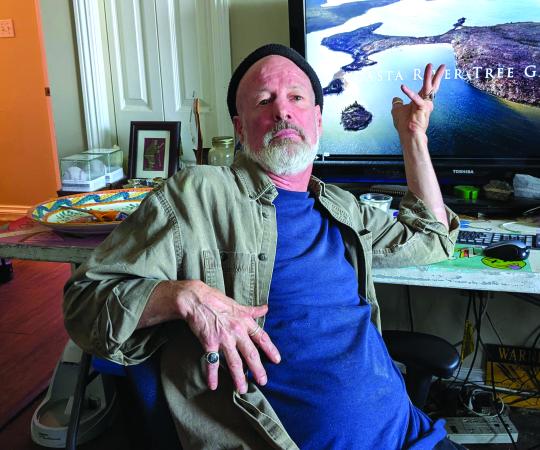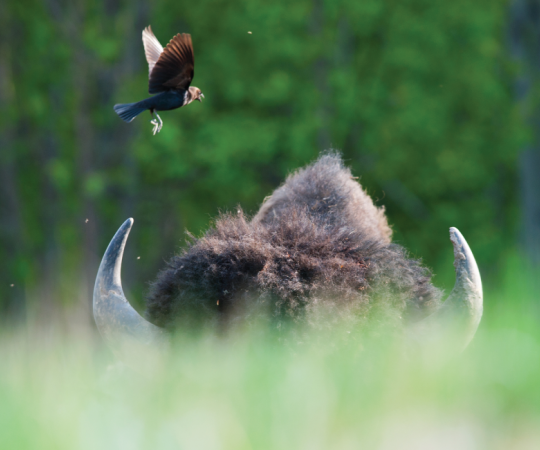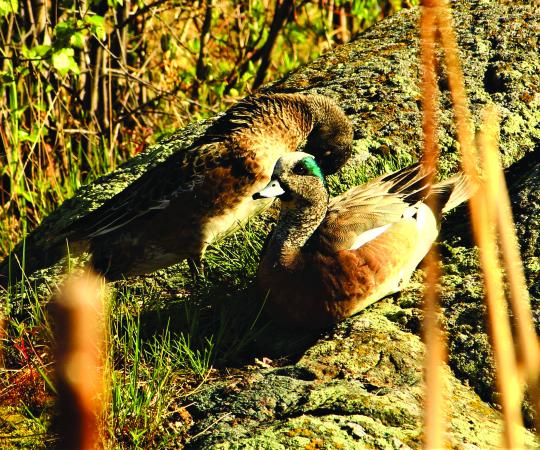Sheila Watt-Cloutier’s new memoir, The Right To Be Cold, reads as a guide for the North’s up-and-coming environmental activists. It details everything from the pain of residential school to the power of negotiating a groundbreaking United Nations treaty—in which signatory nations agreed to eliminate the use of certain toxic industrial chemicals—which led to a co-nomination for a Nobel Prize along with Al Gore. We ask the pensive pioneer what it means to be a Northern leader.
›› What is the biggest challenge for the North’s emerging environmental leaders? When we think about the CO2 levels that are already out there, and how countries are so slow to react effectively, including our own, this generation has their work cut out for them. I think they’re up to the task, because they’re not mired in, “We’ve got to protect our economy.” They’re not going to silo economy and environment. It’s going to be a holistic approach.
›› Who do you see as the next generation of leaders? I think indigenous women are remarkable in what they’re doing. There’s a pocket of that group that’s [in the Northwest Territories]. There are some in Nunavut. It’s building up in all of the regions, where the youth are starting to become much more aware.
›› In your book, you talk about protecting the Arctic as fundamentally a human rights issue—hence “The right to be cold.” When you first introduced it, people weren’t quite understanding it. The right to be cold and the right to the ice are foreign to a lot of people. But people are starting to get it. Fifteen years ago I used to say, ‘It’s only a matter of time, things will start to show up in your part of the world as a result of either [industrial chemicals ending up in the Arctic] or a result of the melting of the ice.’ And now we see how effects on the cooling system for the planet, which is the Arctic ice, the Arctic sheets and glaciers, especially the Greenland ice sheet, are having repercussions on the jet streams, on tornadoes, hurricanes, droughts, floods, the sea level that’s rising for small island developing states—it’s absolutely all connected. People are starting to go, “Ohhh,” because it’s starting to cost them money. It’s when people realize they have to pay insurance for these things, and insurance companies have to pay out for some of these things, people are starting to see, there is a cost to our inaction here.
›› Your book talks about Inuit youth today who, like you, have one non-Inuk parent, but have very different experiences than you did growing up. In my era, fathers didn’t stay. My daughter, whose father is French Canadian, she calls herself a Frinuk, which is French Inuk. When fathers stay, you can relate to that culture and become part of that culture. I’m not from that era. I’m from the era where the fathers never stayed, you never saw them, they were gone before you were born. You grew up looking so white and feeling so Inuk, and there are many of us who were in that kind of dilemma, not because we were mixed up about our identity, but because of the way in which others judged you about your identity: “Are you really Inuk? You don’t look Inuk.” This generation is different. When people say something like that to them they just retort right away, saying, “Get used to it, this is how we look today.”
›› You talk about being an introvert doing extrovert work. Would it be correct to expand that metaphor to Inuit culture in general? It could be. I don’t want to over generalize it, but I think there is some truth to … the calm, reflective, focused hunter spirit, that has to be grounded, that has to be calm, that has to be quiet, to listen to what’s all around you. That is cultural. We personify as the grounding elder hunter spirit. When I say hunter, I don’t mean just the man. It’s the whole hunting culture. It is, I think, different from this go-getting approach that the world of commercialization has become. So there are those differences that I think we have to honour.

